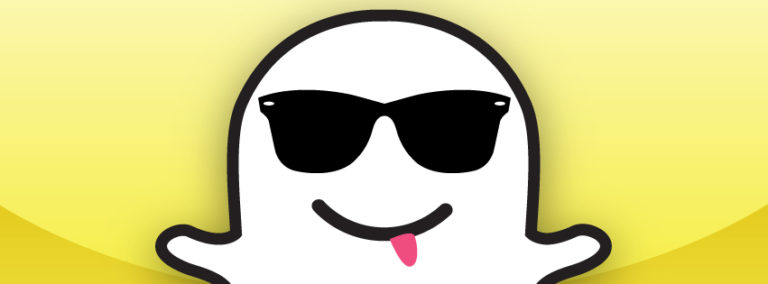
Snapchat has an exit plan, the question is just whether investors will get in on the way up or the way down.
“We need to IPO, we have a plan to do that,” Evan Spiegel, Snapchat’s chief executive, said at Re/code’s Code Conference at Rancho Palos Verdes on Tuesday. “An IPO is really important.”
But timing is everything, and in practically the same breath Spiegel conceded he is watching the market carefully, hoping to mitigate what he said was a coming downturn caused by over-inflated equity prices.
“When you have near zero interest rates, or negative rates in some countries, and governments have printed a lot of money, I think that people are making riskier investments and there will be a correction,” said Spiegel. “We don’t know when, but it’s definitely something we’ve factored into our plans.”
Going public at the top of the market would likely alienate both institutional and individual shareholders looking for upside, but waiting until after a correction risks reducing returns for early investors.
Still, outside venture capitalists said raising the prospect of a bubble is acknowledging a reality that Snapchat appears to be well-positioned to overcome.
“Bubble or not, he knows: ‘I have enough people who want in,’” said Peter Lee, managing partner of Beverly Hills’ Baroda Ventures. As far as responding to the bubble question: “He probably answered less under the guise of what’s best for Snapchat and more of what’s going on in the market.”
The prospect of a bubble is just one factor of many that Snapchat will have to consider before going public.
“There’s always this game theory around IPOs: Who else is going out? Are we stronger or are we weaker than others? Is the sector in favor or is it not in favor?” said Chirag Chotalia, vice president of Pritzker Group Venture Capital of Los Angeles. “There’s a lot of things that are detached from the underlying value of the business that determines whether something IPOs.”
Still, many prospective retail investors, wary of being burned by another overheated tech IPO, might want assurances when they read four-year-old, unprofitable Snapchat is currently seeking a $19 billion valuation from private investors. Spiegel’s bubble talk may, in part, be an effort to explain that value.
“I think he’s starting to help people understand the model,” said Chotalia. “You’re trying to inform the broader market and the buyers of your future stock.”
If that’s so, Snapchat has a lot of explaining to do.
The company is taking a unique approach to generating revenue online. While social networks such as Facebook and Twitter have emphasized the value of targeted advertising to a large audience, Spiegel told Bloomberg News that he found such ads “creepy.”
Snapchat is “much more interested in increasing engagement than getting big,” he said.
With engagement as its focus, Snapchat has seen fit to charge high advertising rates for its content. Advertising rates on Snapchat’s Discover feature, a collection of daily video channels for publishers such as CNN, National Geographic and ESPN, were reportedly as high as $100 per thousand video views at launch in January. They have since fallen to $20 per thousand views, indicating Snapchat may have overreached, but are still much higher than the average $7.60 per thousand views YouTube charged in 2014, according to video advertising software company TubeMogul.
To broaden its appeal, Snapchat is also looking at removing the requirement that users hold a finger on the mobile phone screen to see videos and pictures.
“I think, for us, it’s holding us back from longer videos being watched on our service,” Spiegel said at the Re/code conference.
For example, easier viewership of Snapchat’s “Stories,” a section of the app featuring streaming pictures and videos from events such as music festivals and sporting events, may engage a larger audience.
If that happened, Snapchat’s two most valuable assets to advertisers, Discover and Stories, would look a lot more like television content. And that’s something future retail investors could understand.
